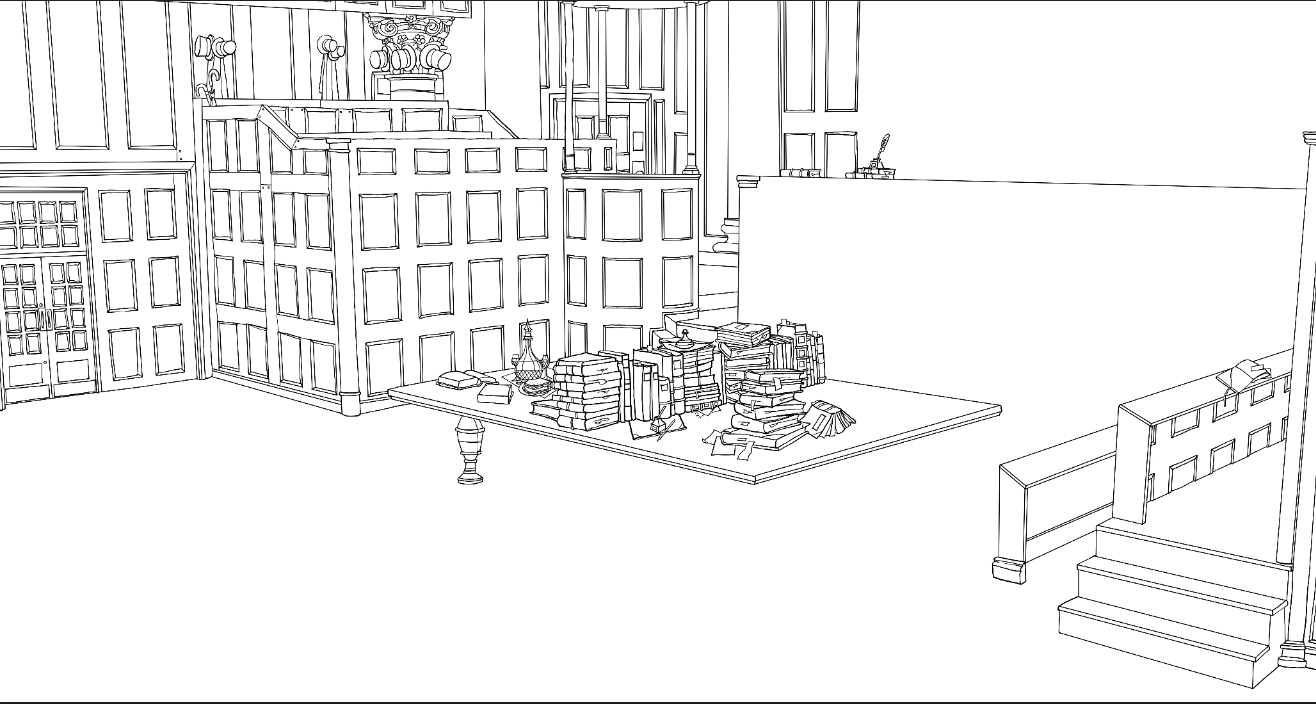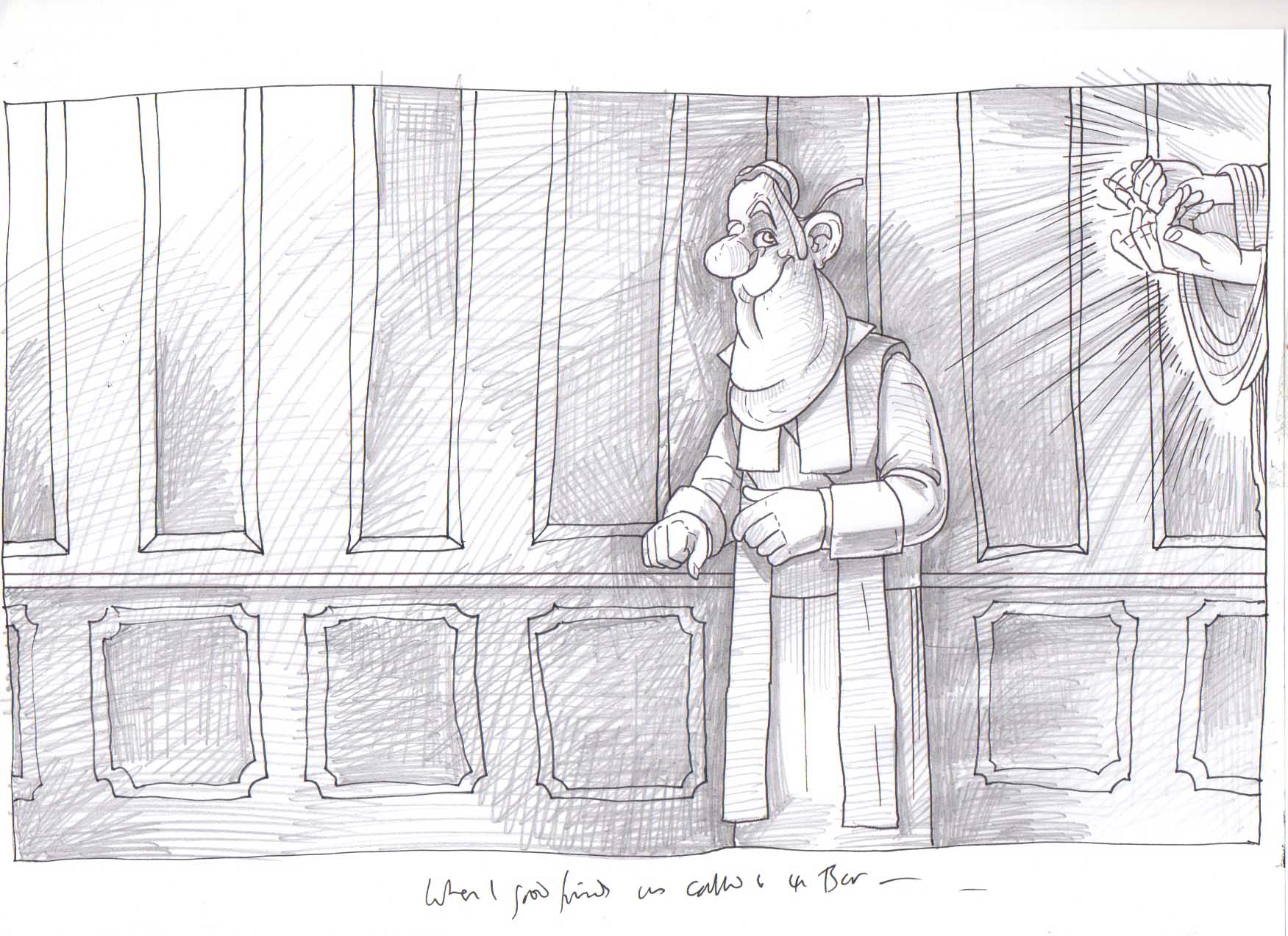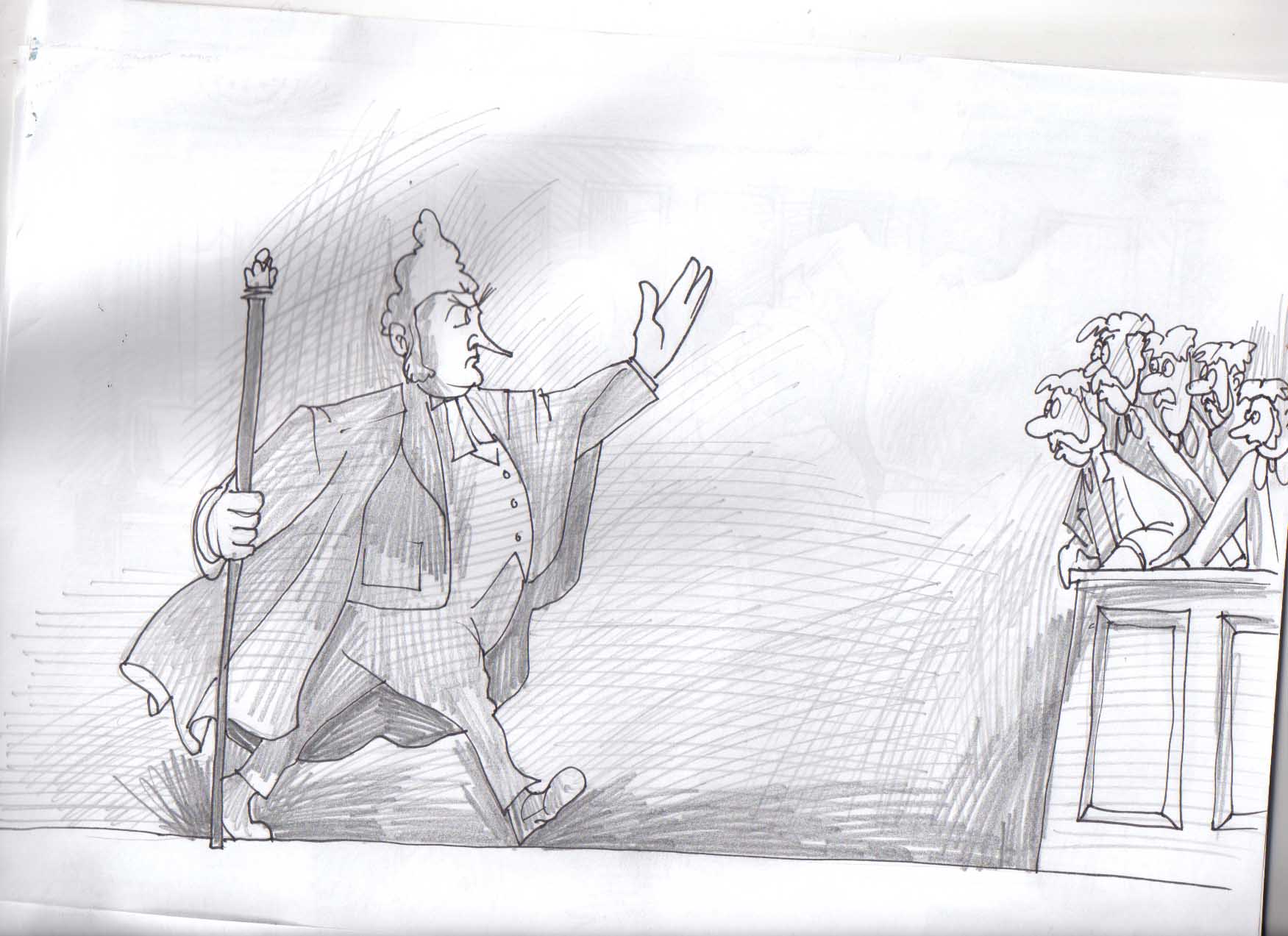There are people in the media whose experience and profile is such that they can demand and effect change for the better. Often, however, they do nothing or, worse still, they exploit those loopholes and shady practices that they must have known were wrong, even if, at the moment, they are not strictly defined as illegal.
There are two major problems: the first is that stories about the media are dull- no one wants to read about how the story was acquired- we want to hear what the story is about. The other problem with calls to clean-up any aspect of the media is that it is reported by the self-same media. In the end, it will always morph into a story about individuals because that is always safer than a root and branch clean up. Of course, that is a well-trodden path- the media loves stories about its own. It is self-obsessed, narcisistic, onanistic.
There are a number of media stories at the moment, almost all as significant, in their own way, as the phone tapping scandal a decade ago, and what is shocking is that these stories involve some of the same characters and deal with the same issues of privacy and control.
My own concern is about the future of Reality TV. It could be said that the potential abuse of a small group and their poor experience of exposure to TV is a modest and fairly irrelevant story in the times of a major pandemic. However, it changes slightly if you look at it from another angle, because today, Reality TV occupies a major role in tv scheduling and therefore the viewing public is treated to hour upon hour of reality TV shows. The public is entertained on prime time tv by a group of people who are often unpaid, who may well be manipulated and /or exploited and whose experience continues to be miserable long after the show has aired. I have counted 43 suicides linked to reality TV and this is simply the high-profile stories that have been reported. In other words, the public is watching and therefore unwittingly encouraging what amounts to a gladiatorial spectacle. People have died in the service of providing cheap entertainment.
It gets much worse because these shows rake in money and make the producers very very rich and powerful. The longer this goes on, the more influencial these production companies and these producers will become.
I am very disappointed that a union like Equity fails today to represent reality TV “stars” as a matter of principle. I have been told of a number of conversations that took place in the early part of this century when Equity was told, and accepted that Reality TV stars were performing as themselves and therefore did not merit representation by the “actors’ union”.
While I would question whether we were performing “as ourselves” or indeed why the verb “performing” itself does not merit greater consideration, the fact remains that the union Equity seems to have completely forgotten its own history and the part that was played by the Edwardian Music hall in developing union representation for performers.

Before there was British Equity, the Variety Artistes Federation was set up on 18th February in 1906 making it an older union even than American Equity which did not form until 1913. Indeed, in 1907, it was the Variety Artistes Federation that staged the first performers’ strike for 22 days, initially at the Holborn Empire and drawing support from stars like Marie Lloyd, Marie Dainton and Gus Elen. But it also had the backing of Kier Hardie, the effective founder of the Labour party. The VAF took on what was then a massive industry- with a count in 1875 of 375 music halls in London alone along with almost the same number of houses spread around the provinces. Marie Lloyd summed it up rather brilliantly thus, “We the stars can dictate our own terms. We are fighting not for ourselves, but for the poorer members of the profession, earning thirty shillings to £3 a week. For this they have to do double turns, and now matinées have been added as well.” In 1966, the VAF merged with British Equity.
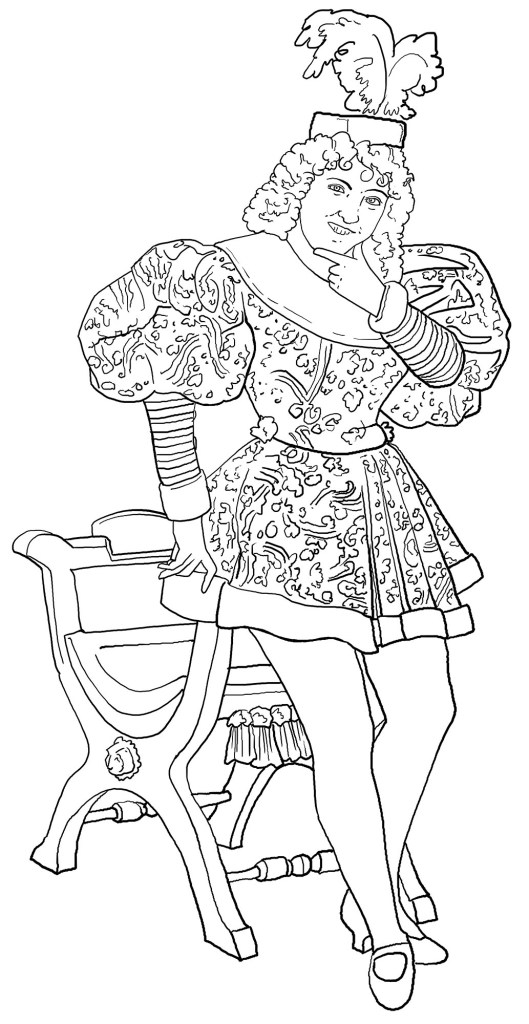
The VAF was a very odd thing- because it was representing artistes who were, strictly speaking, and by today’s standards, self-employed. The power of the music hall producers, however, by the Edwardian period, had reduced performers to the status of dependant wage workers. And although “the red nose rather than the red flag” was a charge hurled at the union by other emerging unions, the VAF was far from lilly-livered and was picking up a tradition of determined collective bargaining that went back to the Music Hall Artistes Railway association of 1870 which negotiated special rates for tickets and travel between venues. From what I can see, membership was based on need and there was certainly no closed shop. By 1917, as a result, the VAF began operated a sliding scale of membership fees ensuring that everyone on stage had access to representation, that it set up standards of employment and pro forma contracts, health and safely measures and provided help in times of illness and bereavement.
Equity itself was formed in the 1930s with the backing of Robert Young and began almost immediately to operate a closed shop policy of admission which continued until the Union reforms of the 1980s and persists today in that evidence of sufficient paid professional work must be provided before a card is issued.
Sadly, I think Reality TV does not want unionisation and many Reality TV shows operate in a deeply questionable fashion – for example, those that involve performers in an immersive and protracted experience, tend to pay them a modest rate of about £70 a day, well below the fee that would be guaranteed for playing as an”Extra” on a tv show. The problem is further compounded by the veil of secrecy which hangs over much of this and few Reality TV “stars” have access to professional support from experienced agents or experienced media lawyers. Should we be grateful, then, for even this modest recognition/ gruatuity or Tip? Maybe. But this payment is explicitly not a performance fee. It is sometimes called “expenses” or a fee to “cover inconvenience”, a “displacement fee”- displacement fee? It makes me feel like something stuck in an S-bend. Whatever its name, though, this payment is not for “performance” and so specifically rules out any chance of unionisation or representation.
This is bad enough, but I am appalled that a seasoned organisation like Equity can allow this to happen -on their watch. It has not happened, after all, by accident and it has not happened in ignorance. In 2012, Robert Vogel said that Reality TV occupied 20% of scheduled TV output. I believe that figure is now significantly higher. In other words, Real actors and full-time Equity members are being driven out of TV studios by the popularity and ubiquity of Reality TV. At the same time, Equity’s stance enables abusive behaviour and sets a standard that is unacceptable and would have been championed without doubt by the Variety Artistes Federation.
Of one thing I can be sure, Marie Lloyd would have been appalled and would not have kept quiet.



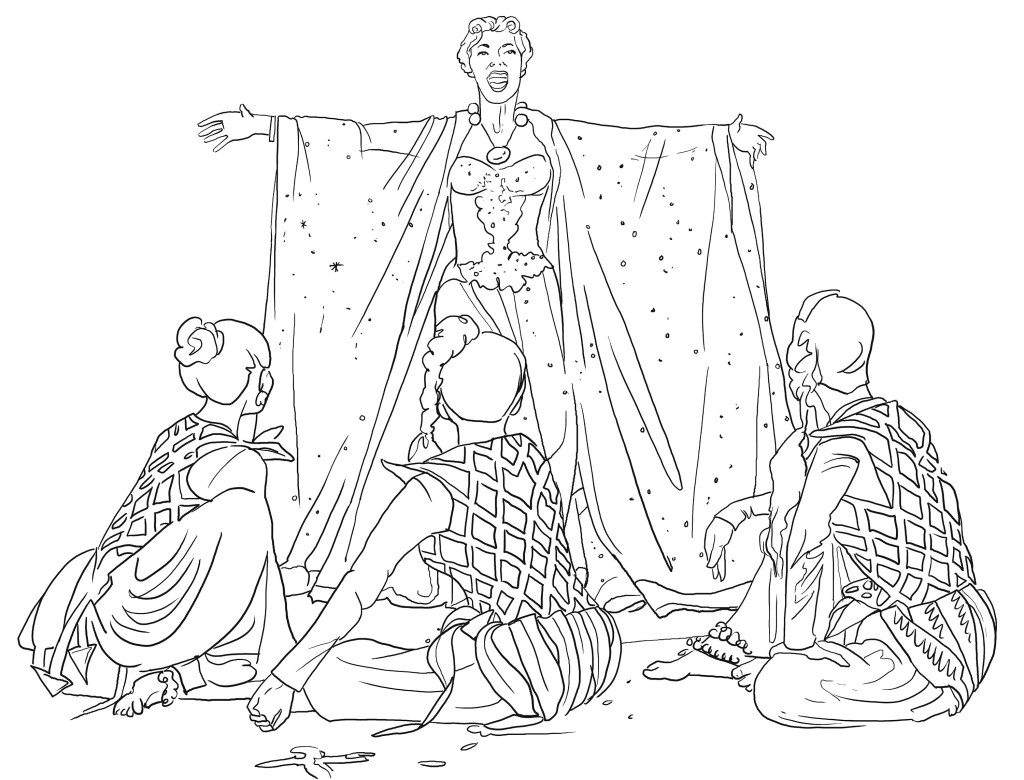




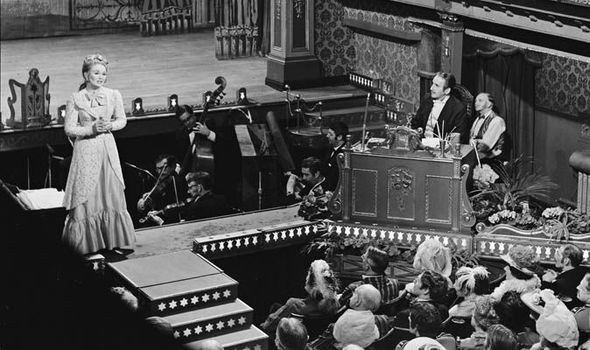

 There is also a swing scene, though fairly modest in “the Boyfriend”, designed by Tony Walton and a great scene in an early Angela Lansbury film,”Till the Clouds roll by” .
There is also a swing scene, though fairly modest in “the Boyfriend”, designed by Tony Walton and a great scene in an early Angela Lansbury film,”Till the Clouds roll by” .



